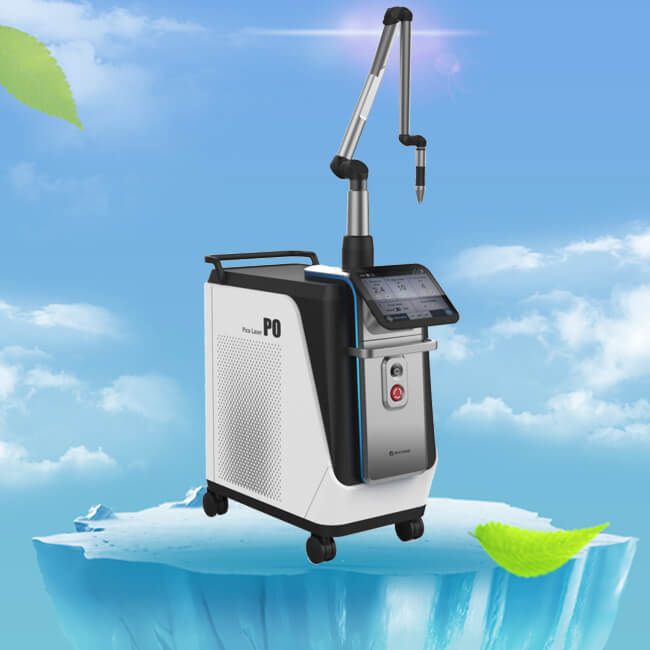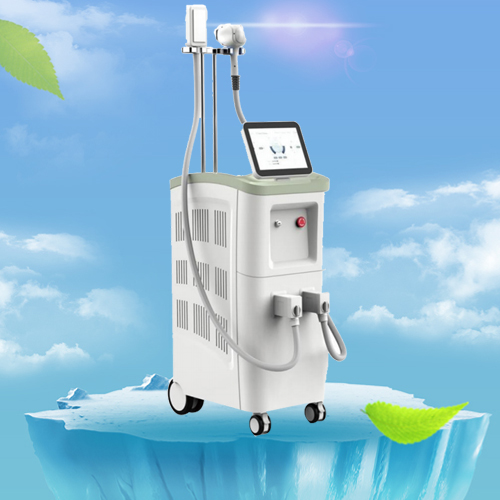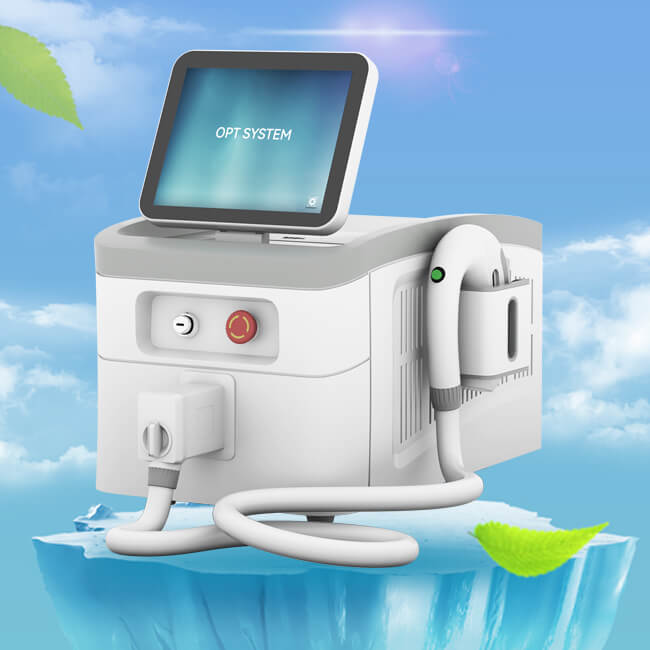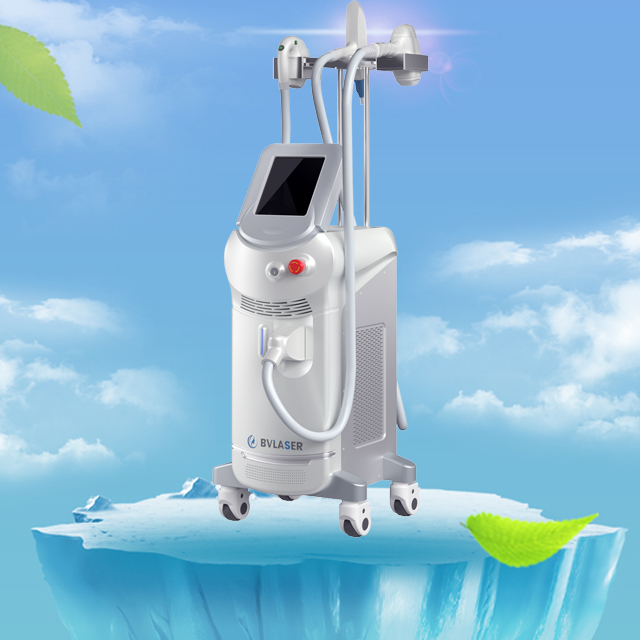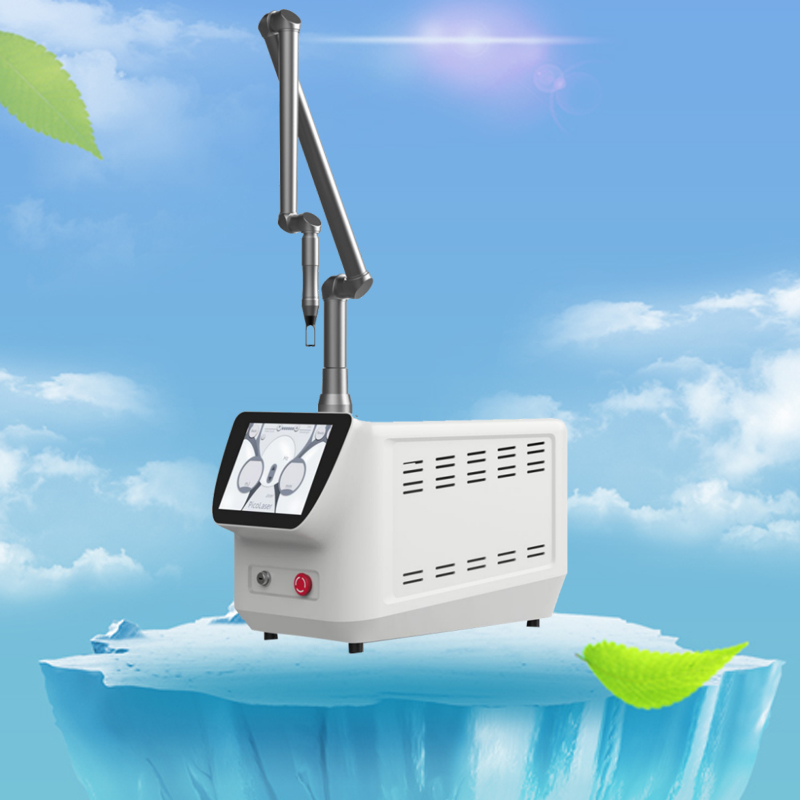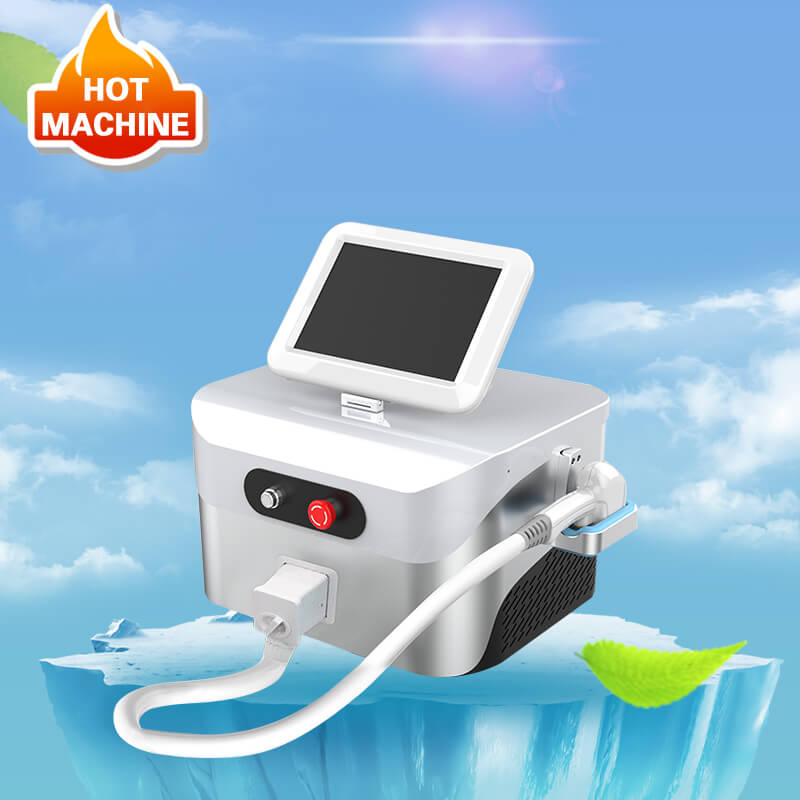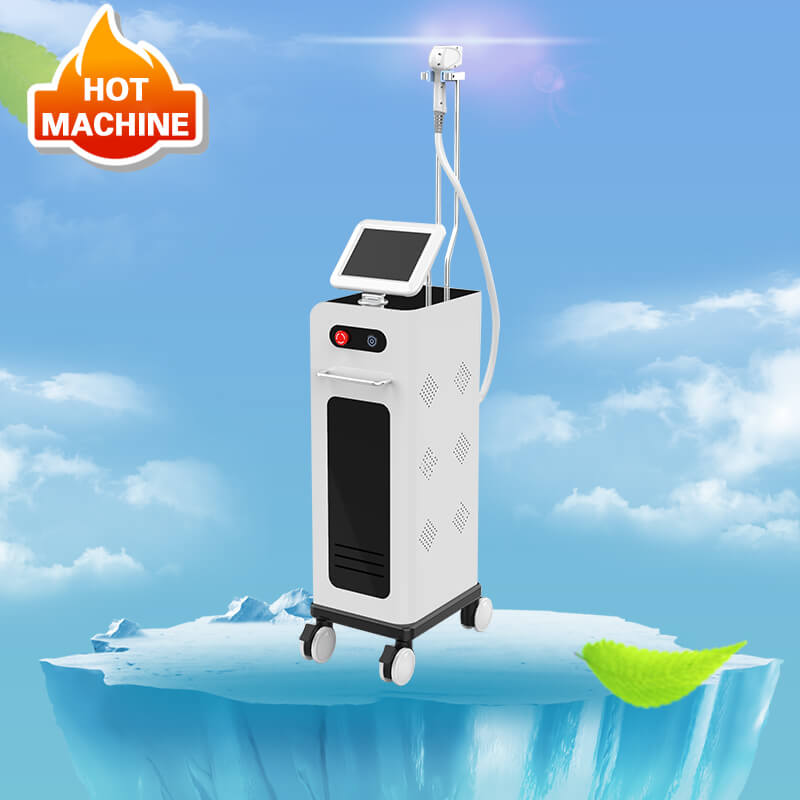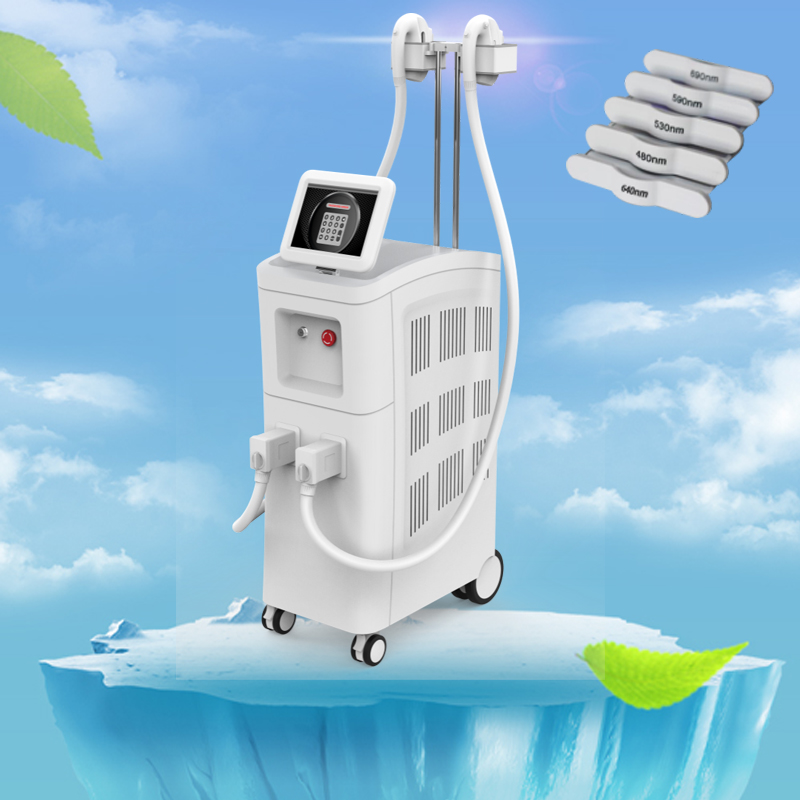Things you need to know about CO2 laser treatment
Author:baishilf Time:2024-09-24 11:19:10
CO2 laser skin resurfacing is device that emit gas as infrared light to destroy dermatological lesions. They’re employed in surgical procedures, aesthetic care, and dermatological treatments to reduce medium and fine lines, scars of various origins, pigmentation disorders, and dilated pores. While they are highly effective at treating scars and wrinkles on the face, traditional CO2 laser machine for skin required relatively long periods of downtime and caused redness that could last for several months, a source of frustration for some patients. Progress has been made, and new practices such as the CO2 fractional laser technique is now more common. CO2 fractional laser machine is based on a new way of applying impacts. The fractional technique used today was initially designed for non-ablative sculpting lasers. It divides the laser beam into multiple, smaller beams spaced regularly to leave intervals of healthy skin intact, from which healing takes place more quickly and with shorter downtime.
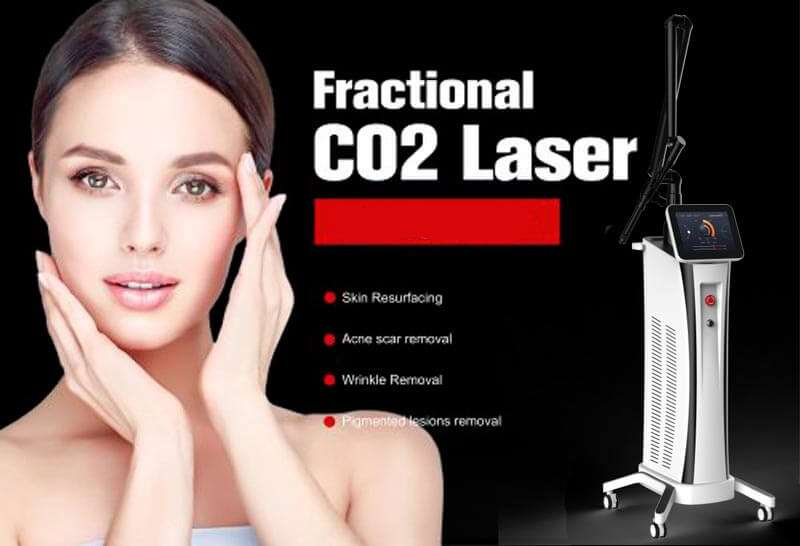
When the CO2 fractional laser is passed across the skin surface, the superficial layers of the skin are vaporized. Sculpting and collagen synthesis then take place and continue in the months following laser treatment. The depth of ablation in the superficial layers depends on how the CO2 fractional laser machine is configured. Modern machine settings can define the desired effects, varying from pure ablation to a preferential heating effect.
CO2 fractional laser and its advantages
1.Effective treatment: results from the first session.
2.Practically painless treatment.
3.Rapid healing.
4.Treatment with no downtime.
5.Fractionation is a new method that employs a sweeping scanner.
This scanner breaks the laser beam up into microbeams that are evenly distributed over the skin’s surface and leave intervals of healthy skin. 60% to 85% of skin is left intact. This new approach keeps recovery time very short as compared with older CO2 resurfacing laser treatments. This method ensures skin is less affected, resulting in minimal time away from social and professional activities. (Patients can return to work quickly, in just a few days.) Results are generally visible after the first session. Depending on patients’ requests and their availability for longer or shorter periods of time away from social and professional activities, fractional CO2 treatments of varying degrees of intensity can be performed. A series of 3 to 4 mild treatments allows patients to return to work with makeup after 3 days, while a more powerful, single treatment session can allow patients to return to work after about a week.
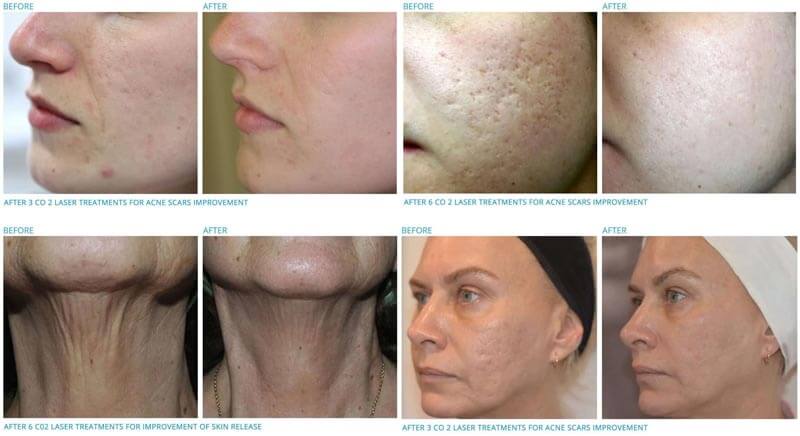
Indications
*Wrinkles and fine lines.
*Actinic elastosis (skin slackening).
*Solar lentigines (age spots).
*Atrophic scars, particularly from acne.
Contraindications
*Known hypersensitivity to light.
*Treatment with medication that increases sensitivity to light.
*Treatment with blood thinners.
*Treatment with oral isotretinoin within the past 6 months.
*Patients must not have a suntan.
*Pregnancy.
*History of hypertrophic scarring.
Precautions before a fractional CO2 laser procedure
In the 3 to 4 weeks leading up to laser treatment, the doctor will bring the skin’s melanin production to a rest in order to limit the risk of post-inflammatory pigmentation. This is an important precaution for dark skin and Asian skin. Throughout the preparation period, the patient must avoid any exposure to the sun or UV rays, and must also refrain from using self-tanners. In the week preceding laser treatment, the patient must use a moisturizing cream regularly to prepare the skin. Prescription medication against herpes must also be administered in the 2 to 4 days prior to a CO2 procedure to limit the risk of a cold sore outbreak.
Precautions on the day of the fractional CO2 laser session
On the day of the laser session, patients must not wear makeup but can use their regular moisturizer to prime the skin for treatment. If desired, a homeopathic treatment or mild sedative can be prescribed to relax the patient within the 2 hours prior to laser treatment. At the same time, the patient must apply a numbing cream to the face. The cream must be applied in a thick layer and sealed off with a bandage. The bandage and numbing cream will be carefully removed and the skin will be cleansed in the doctor’s office.
How many CO2 fractional laser treatments are needed?
The treatment involves 2 to 4 sessions spaced 4 to 6 weeks apart. Results are visible in 3 to 4 weeks.
Possible side effects
Following laser ablation, normal reactions such as redness and swelling are observed. However, even though CO2 lasers are optimized for vastly improved clinical tolerance, your doctor will check for a variety of complications that may occur.
*Herpetic infections.
*Bacterial infections.
*Skin rash.
*Hyperpigmentation.
*Scarring.
How the skin behaves after a fractional CO2 laser procedure
In the minutes following treatment with a fractional CO2 laser, the skin is coated in a thin, whitish film that reproduces the pattern formed by the fractionated impacts. This mesh-like coating is similar to a very fine cloth, a bit like medical gauze. This film quickly disappears, leaving the skin looking heavily tanned on the first day with light pigmentation and a warm sensation all over the surface of the laser-treated skin. The sensation of heat can be uncomfortable. Discomfort can be controlled by spraying pressurized spring water on the skin several times a day, by taking oral pain relievers, or by applying moisturizing and healing creams several times a day. Tiny scabs may form. In the 3 to 4 days following fractional laser treatment, the skin peels like it would after a severe sunburn. On the 5th or 6th day, makeup can generally be worn to conceal the final stage of the healing process so patients can go back to work.
Results
Post-treatment results are generally visible in 2 stages. There is an initial, rapid improvement within 2 to 3 weeks after the procedure followed by a more gradual improvement over the course of the 6 months following treatment. The skin tightens and a high percentage of wrinkles and acne scars disappear. Treatment in the days following a CO2 laser procedure involves continuing the preventive treatment against cold sore flare-ups (generally 2 to 4 days following the medical procedure). A healing cream will be prescribed for 3 to 4 days post-laser treatment, followed by a repairing cream. Skin must be generously moisturized for the 2 to 4 weeks following the fractional CO2 laser medical procedure. Depending on the skin’s characteristics and the patient’s phototype, a depigmentation cream may be used for a few additional weeks. Similarly, scrupulous sun protection measures must be taken for a least one month. This involves applying broad-spectrum, high-SPF sunblock and staying completely out of the sun. A follow-up visit on the 7th day and after 1 month is required to check that the skin is responding properly and that no complications are occurring. An evaluation after 6 months with a photo shoot is recommended.





